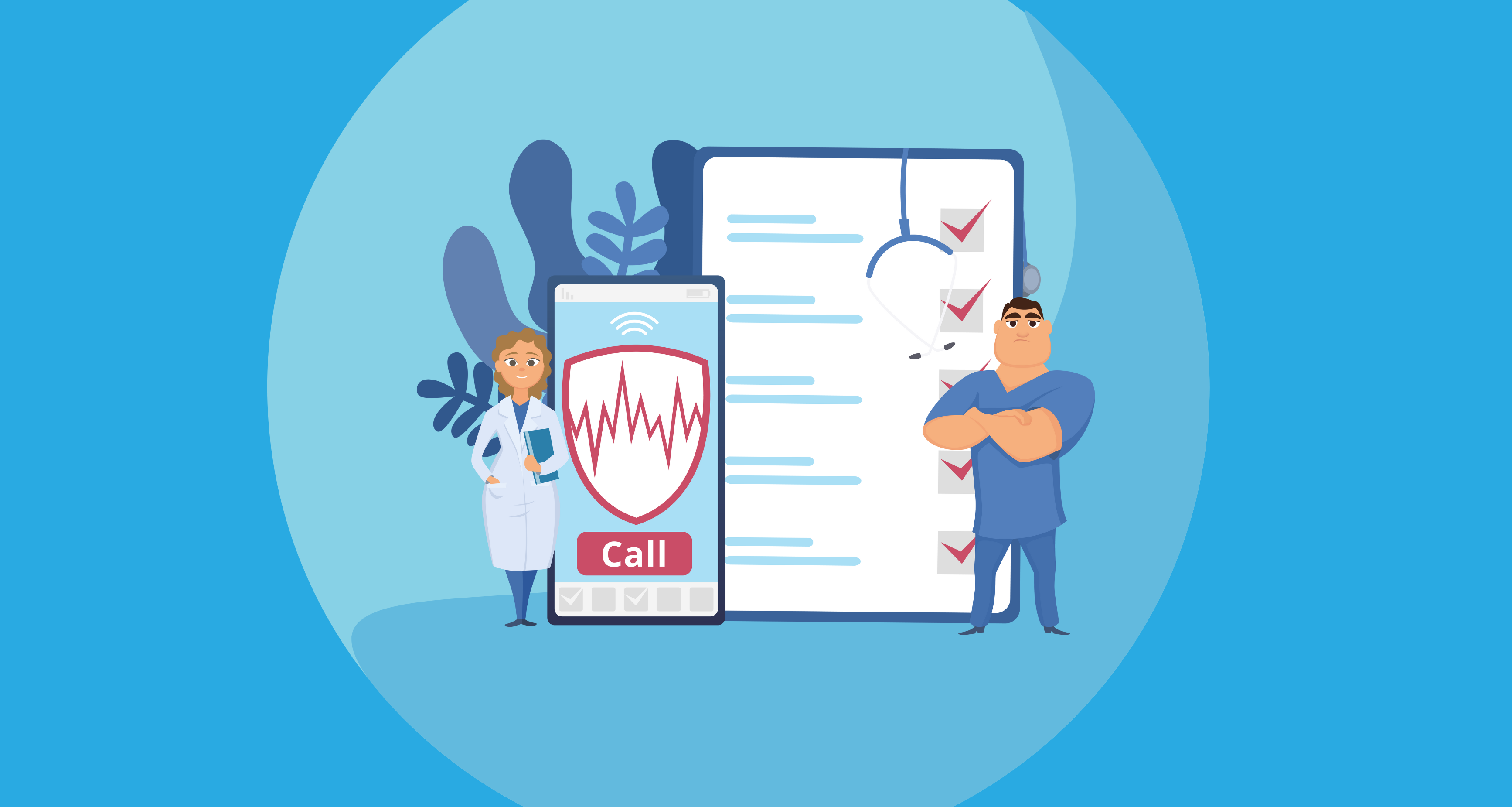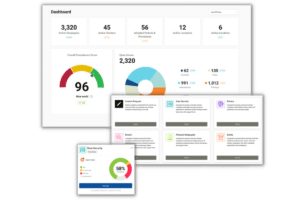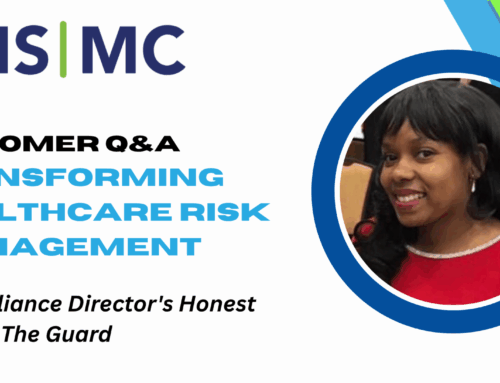
Clinical documentation mistakes can lead to declining patient care and a lack of compliance within your practice. We discuss the most common medical documentation mistakes and provide tips on how to avoid making them.
Incomplete Documentation
Incomplete clinical documentation can be a significant problem in healthcare, potentially leading to errors in diagnosis and treatment and decreased patient safety. It can also prevent you from being adequately reimbursed for services rendered and increase the potential for medical malpractice claims.
Healthcare organizations should develop and implement best practices for document management to ensure the completeness of clinical documentation. This includes teaching you and other providers how to document patient visits accurately and creating clear guidelines for when and how to document.
Illegible Documentation
Deciphering another person’s handwriting and standard abbreviations in medical records can be challenging. It makes it difficult for other clinicians to interpret the information you wrote and may lead to errors in diagnosis, treatment plans, or other critical medical decisions.
You should use standardized forms and terminology when recording information to ensure accurate documentation. It will help ensure accuracy and consistency throughout the document.
Inaccurate Documentation
Sometimes medical records have inaccuracies or errors due to transcription mistakes, human error, or outdated information, leading to incorrect diagnoses and treatments administered. It can also cause fraudulent billing practices if the information is manipulated to be reimbursed for services not provided.
Healthcare practices should put a system in place for medical professionals to accurately document and report patient information. This includes having a comprehensive software system that enables clinicians to submit their reports accurately.
Failure to Document Changes
Failure to document changes can lead to miscommunication among you and other caregivers. It can also cause potentially dangerous errors.
Document changes in a patient’s health status or treatments as soon as they happen to avoid this mistake. This will ensure that you and all other caregivers have the latest information on a patient’s condition and the care they are receiving.
Inconsistent Documentation
When documentation is inaccurate and does not reflect the patient’s status and treatments, it can lead to incorrect diagnoses, treatments, and billing problems.
To avoid this, make sure to use consistent language and terminology. Stay up to date with any changes to coding guidelines and ensure your documentation meets all requirements set by health insurers and coding institutions.
Lack of Clarity and Specificity
Medical documentation should be clear, concise, and detailed enough to describe the patient’s condition and treatments accurately. However, being too brief or using ambiguous terms can make the documentation harder to interpret and lead to incorrect diagnoses or treatments.
Use precise language when providing details regarding your patient’s condition. You should also give complete descriptions of any treatments or medications your patient has.
Failure to Document Patient Consent
Before providing any medical treatment, you must obtain patient consent. This includes documenting the conversation with the patient and having them sign a consent form. Failure to document consent can lead to legal issues if the patient later decides they do not want a particular treatment or medication.
To avoid such issues, always get written and verbal consent from the patient and then document it in their medical record. You should include the date of consent, any treatments or medications discussed, and the patient’s signature.
Missing or Incorrect Signature
Clinical documentation is essential to providing appropriate care, documenting medical histories, and tracking a patient’s progress. The signature of the clinician who created and finalized the document is necessary to prove its information is accurate.
If your signature is missing or incorrect, it can open the document to question. It could lead to litigation if someone attempts to use the document as evidence in court. It can also be difficult for others to identify who is responsible for the document without a signature.
To prevent potential legal issues from this mistake, diligently sign and correctly date your documents as soon as they are finished. This helps ensure everyone involved in the patient’s care is held accountable.
Tips for Staying Compliant With Clinical Document
Compliance with clinical documentation is crucial for ensuring patient safety, meeting regulatory requirements, and minimizing legal risks. Here are some tips to help you stay compliant with clinical documentation:
Follow established documentation standards
Ensure you understand and follow the documentation standards established by your organization and other regulatory agencies. Stay on top of the requirements necessary for clinical documentation, including content, format, and timing.
Write in clear and concise language
To avoid any confusion, use simple, jargon-free language. You should also refrain from using abbreviations or acronyms that other healthcare professionals may not be familiar with.
Ensure accuracy and completeness
When writing patient updates and recommendations, ensure your clinical documentation is accurate and complete. Include all relevant details about your patient’s condition, medications, progress, and treatment outcomes.
Record all relevant communications
Documenting all communications with the patient, their family members, and other healthcare providers can give anyone involved in the patient’s care a clearer picture of their health status. A detailed record of all interactions can also help you avoid miscommunication or lack of understanding if the information is not appropriately documented.
Protect patient privacy and confidentiality
You should always ensure patient privacy and confidentiality when documenting patient information. Ensure that patient information is only seen or accessed by authorized individuals who need it to provide care.
Ask for clarification
If you are uncertain about any aspect of clinical documentation, seek clarification from your supervisor, compliance officer, or legal counsel.
Contributed by Carepatron
Carepatron offers an intuitive, user-friendly interface that makes it easier to navigate the complexities of clinical documentation. They help you simplify your documentation process while providing unparalleled accuracy and efficiency. Their intuitive tools help you to easily track and monitor information while their secure storage system safeguards your data from unauthorized access.
They make it easier to navigate the complexities of clinical documentation. Streamlined processes, automated reminders and alerts, and real-time updates make documenting patient care a breeze. And with their advanced reporting tools, you can produce high-quality reports that provide an accurate and detailed view of patient care.










